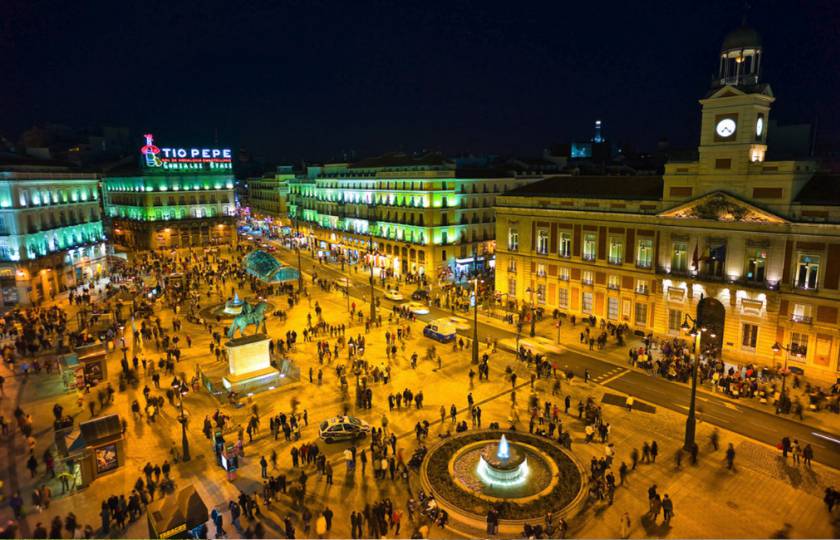The Twelve Grapes of Luck, welcoming the new year

The Twelve Grapes of Luck
Welcoming the new year 2018
Throughout the Iberian peninsular this evening, 2018 will be welcomed with a fruity Spanish tradition involving a dozen berries.
Since the early 20th century, The Twelve Grapes of Luck (Las Doce Uvas de La Suerte) has been a consistent companion to new year celebration across Spain.
Originally established in the late 19th century, in 1909 some particularly inventive Alicante vintners vested the little known practice in to popular Spanish culture, keen to capitalise on a particulary good annual harvest of grapes.
The custom consists of eating one grape with each bell strike of the clock tower at midnight on the last day of the year.
It is believed that following the time-honoured custom brings prosperity and good fortune for the forthcoming new year.


The Twelve Grapes of Luck: celebrating new year in Spain
Traditionally the ritual was considered a means to deter witches and bad spirits, but in the new millenium it is viewed as a cultural formality that welcomes in the new year in Spain.
The Twelve Grapes of Luck are usually eaten with family or friends after the new years eve dinner, or at gatherings in squares around Spain in close proximity to bell towers.
Each year since 1962, the new year is brought in at the Puerta del Sol public square in the capital city of Madrid, with the ringing of the famous clock tower bells broadcast on television nationwide.








 Previous
Previous 
















